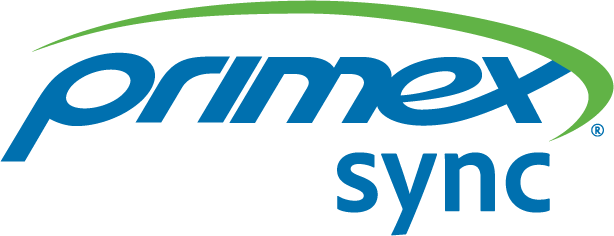According to the most recent Medicare cost reports in the American Hospital Directory, there are roughly 156.5 million combined annual patient days at hospitals throughout the United States. Nearly 5% of hospitalized patients experience an adverse drug event during their inpatient stay, as stated by the Agency for Healthcare Research and Quality. An adverse drug event includes medication errors, which the National Coordinating Council for Medication Error Reporting and Prevention defines as "any preventable event that may cause or lead to inappropriate medication use or patient harm while the medication is in the control of the healthcare professional, patient, or consumer."
Furthermore, a Johns Hopkins analysis suggested that more than 250,000 people die every year in the U.S. because of medical mistakes, making them the third leading cause of death after heart disease and cancer. Even with some compelling qualms about that statistic — from Yale University and McGill University — the seriousness of medical errors cannot be understated, no matter the actual number.
The Five Rights of Medication
A long-standing method of helping to keep medication administration safe is including "The Five Rights" in nursing school curriculum, which are:
- The Right Patient - Determining that the patient about to be receiving medication is, in fact, the correct patient for who the drug is prescribed.
- The Right Drug - Ensuring the medication that’s about to be administered is the exact medication that the prescriber has prescribed.
- The Right Route - Certifying that the medication is administered via the correct channel, whether that be orally, topically, intravenously, intramuscularly, or a different route.
- The Right Dose - Ascertaining that the correct dosage of medication, as prescribed by the prescriber, will be administered.
- The Right Time - Establishing that the medication is given at the precise time according to the prescription, and for intravenous drugs, for the correct duration.
Of course, in real-world situations, nurses can often be part of an understaffed department and assigned to many patients — making the act of confirming these five rights a challenging task. When you factor in similarly named medications, changing medication labels, and the fact that successful medication administration often requires more work than simply confirming the five rights, it's remarkable that nurses regularly avoid mistakes!
Technology Can Help
In-hospital technology has aided nursing staff with medication administration, with one example being the use of barcode scanning. This digitizes the five rights and allows a nurse to cross-check the correct patient with the correct medication by scanning a barcode on a patient's wristband. Additionally, computerized provider order entry systems with clinical decision support provide nurses with supplemental patient and prescription information that enhances the safety of medication administration.
But while those technologies can certainly help with certifying the right patient, the right medication, the right dose, and the right route, the nurse is still responsible for physically administering medication to the patient at the correct time. This is where a Primex Sync™ synchronized clock solution can help.
Synchronized clocks, whether analog or digital, eliminate time discrepancies and allow nurses to build better routines around their patients. With the Power over Ethernet/IP technology option, wall clocks and computer clocks would be synchronized, further helping nurses ensure they're giving their patients their medications at the correct time.
Moreover, easy-to-see Primex Sync clocks can be helpful when giving patients extended-time IV boluses. A nurse can start the medication and keep an eye on the clock to determine just how long the medication has been administered.
Primex clocks don't need to be on the wall of a patient room for nurses to know they're accurate. Primex Sync Personal Series clocks can operate on the same synchronized Primex technology system — whether 72 MHz, Bluetooth Low Energy, or Wi-Fi — and sit next to a patient's bedside, which could also assist in creating a more connected treatment experience for the patient.
An additional benefit of a Primex Sync system is the OneVue® web-based software platform. Staff can manage clocks through this mobile-friendly, cloud-based software and enter and generate logs of elapsed time between certain events — like medication administration — if necessary.
An Additional Layer of Safety to Medication Administration
While time is only one of the "Five Rights," it is an essential component of keeping a patient's treatment plan on schedule. A missed dose or a dose given at the incorrect time could cause discomfort, a serious medical error, or even a sentinel event. With Primex synchronized clocks, nurses can rest assured knowing that their workplace's clocks are reliably synchronized to display the precise time — helping to build more robust routines of providing on-time medication to their patients. Get started today.






